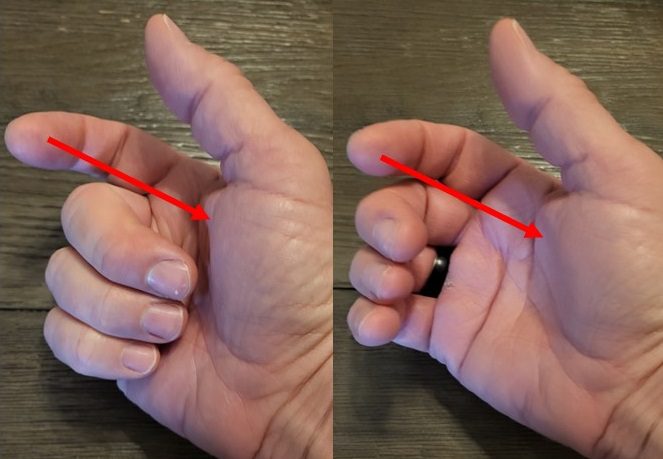Concealed Carry Guns and Accuracy Issues
The concealed carry handgun market has exploded over the past 25 years! For the first half of this quarter century, gun makers tried to shrink the size of their handgun to make them easier to carry. More recently, gun makers have been trying to find a way to stuff more rounds into these pint sized pistols. However, you will likely never be as accurate with these smaller/lighter guns than you will be with a full sized handgun.
This degradation in accuracy is not a pistol problem, it is a people problem. If you were to put Glock 43 and a Glock 17 in a vice and fire each without the errors of human interaction, there would be very little difference in accuracy. The degradation is a result of how we interact with the firearm when we pull the trigger. Sure there are some super humans on the planet that this does not apply too, but for the rest of us mere mortals it comes down to a mental and/or physical issue.
Physical Challenges
First let’s take a look at the physical challenges with shooting a smaller handgun. For most people, the closer the the middle, ring and pinky finger are to the palm of the hand, the more likely they are to sympathetically contract with the movement of the trigger finger. The farther these 3 finders are away from the palm, the less they contract when you press the trigger. If you are right handed and the 3 fingers on your right hand contract when you pull the trigger, you are likely to shoot low left, and vice versa for left handed shooters.
You can try this on your own by mimicking the pictures and moving your trigger finder back and forth. A handgun with a larger/wider grip will increase the distance between your lower 3 fingers and your palm, thereby creating less sympathetic contraction when you pull the trigger. Conversely, a smaller/thinner grip will decrease the distance and likely allow for more lower hand movement during the trigger press process.

In the below picture you can see difference in space between the lower 3 fingers and the palm on a Glock 43x versus a Glock 45. The Glock 43x has a Hogue Grip installed on it and the Glock 45 has the largest backstrap installed, both modifications are designed to increase grip space on the gun.

Mental Challenges
Ironically, the physical grip space can also contribute to the mental issues associated with shooting a smaller pistol. Physics can’t be ignored and a smaller lighter pistol will have a tendency to jump around more in one’s hand during recoil. With less real estate available to the weak hand side, it is harder to get a full 360 degree coverage around the grip of the gun. In some cases, there is hardly any real estate for your weak hand to contact the grip of the gun making a solid two handed grip more difficult. This makes your brain want to overcompensate and grip the gun tighter just before it thinks the gun is going to go BANG. The sudden convulsion of the hands, what I call “double gripping”, around the gun, combined with recoil anticipation can disrupt the sight alignment without the shooter even realizing it. A recent article by Sheriff Jim Wilson in Shooting Illustrated titled “Maintaining competency with a smaller defensive pistol requires more effort” expounds on this topic. The bottom line is smaller guns just take more practice to “make it work for you”!
In my personal experience, my accuracy degrades about 25% when shooting similar drills with my Glock 48 vs. my Glock 45. Depending on the situation, 25% may or may not be a huge issue. If the situation involves an up close gun fight at five yards, an inch or two may not make a difference. However, an inch or two off at 5 yards, could be a complete miss at 15 or 25 yards. Most people look for the smallest pistol when they start their concealed carry journey, but my advice is to train and practice with a larger pistol when refining your skills. Skills learned on a larger platform will carry over to a smaller gun much more easily that the other way around.

